
Koba Mahieu
Related Authors
David Seamon
Kansas State University
Marta Diaz-Guardamino
Durham University
Armando Marques-Guedes
UNL - New University of Lisbon
Julian Thomas
The University of Manchester
Enrico Cirelli
Università di Bologna
Florin Curta
University of Florida
Laurajane Smith
The Australian National University
Michael Dietler
University of Chicago
Gary Feinman
Field Museum
Olga Palagia
National & Kapodistrian University of Athens
InterestsView All (10)
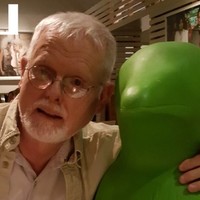
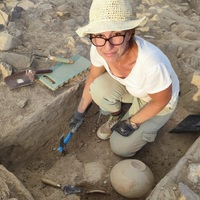
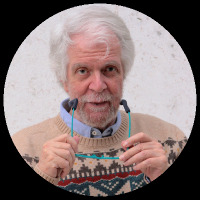

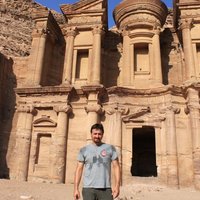

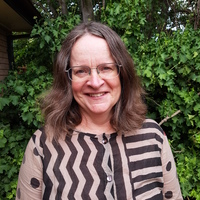


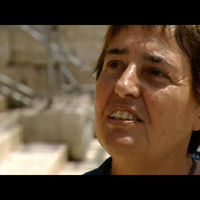
Uploads
Papers by Koba Mahieu
Au travers de onze sites de villas gallo-romaines valorisées et en regard des grands principes internationaux, édités par l’ICOMOS et le Conseil de l'Europe, nous avons tenté, dans le cadre de ce mémoire, de dresser un état des lieux des expériences de mise en valeur archéologiques, sur un territoire compris entre la Belgique, la France, la Suisse et l’Allemagne. Ces expériences, qu’elles soient heureuses ou malheureuses, nous éclairent sur les difficultés rencontrées au quotidien par les gestionnaires de ces sites et sur les pratiques à recommander, ou au contraire à bannir, en matière de valorisation.
-------------------------------------------------------------------------
The archeological heritage is considered as a fragile and non-renewable shared cultural wealth and it is important to preserve it for the future generations. The maintenance of the vestiges is an even more contemporary topic that the population's interest in the past has substantially increased, for the past few years. Even in this time of economic crisis, archeological tourism attracts hundreds of thousands of visitors across the world. However, even though it is recommended in different respects, the enhancement of the archeological vestiges cannot be made under any possible condition. Indeed, the lasting exhibition of these vestiges to bad weather, pollution and to the continuing movement of visitors, represent a real risk of deterioration for this heritage, already made fragile by excavations. Likewise, the message about these vestiges, as for the means of communication used to send this message to the public, have to respect historical integrity.
Through eleven Gallo-Roman villas site enhanced and facing great international principles, edited by ICOMOS and the Council of Europe, we have tried, as part of this dissertation, to make an assessment of the experiences of archeological development on a territory included between Belgium, France, Switzerland and Germany. These experiences, may they be happy or unhappy, enlighten us about the daily difficulties encountered by the administrators of the sites and about the practice to recommend, or, quite the opposite, to exclude in terms of enhancement.
"
Au travers de onze sites de villas gallo-romaines valorisées et en regard des grands principes internationaux, édités par l’ICOMOS et le Conseil de l'Europe, nous avons tenté, dans le cadre de ce mémoire, de dresser un état des lieux des expériences de mise en valeur archéologiques, sur un territoire compris entre la Belgique, la France, la Suisse et l’Allemagne. Ces expériences, qu’elles soient heureuses ou malheureuses, nous éclairent sur les difficultés rencontrées au quotidien par les gestionnaires de ces sites et sur les pratiques à recommander, ou au contraire à bannir, en matière de valorisation.
-------------------------------------------------------------------------
The archeological heritage is considered as a fragile and non-renewable shared cultural wealth and it is important to preserve it for the future generations. The maintenance of the vestiges is an even more contemporary topic that the population's interest in the past has substantially increased, for the past few years. Even in this time of economic crisis, archeological tourism attracts hundreds of thousands of visitors across the world. However, even though it is recommended in different respects, the enhancement of the archeological vestiges cannot be made under any possible condition. Indeed, the lasting exhibition of these vestiges to bad weather, pollution and to the continuing movement of visitors, represent a real risk of deterioration for this heritage, already made fragile by excavations. Likewise, the message about these vestiges, as for the means of communication used to send this message to the public, have to respect historical integrity.
Through eleven Gallo-Roman villas site enhanced and facing great international principles, edited by ICOMOS and the Council of Europe, we have tried, as part of this dissertation, to make an assessment of the experiences of archeological development on a territory included between Belgium, France, Switzerland and Germany. These experiences, may they be happy or unhappy, enlighten us about the daily difficulties encountered by the administrators of the sites and about the practice to recommend, or, quite the opposite, to exclude in terms of enhancement.
"